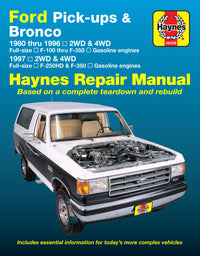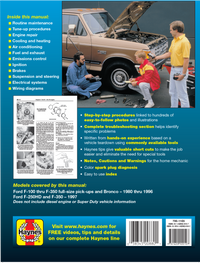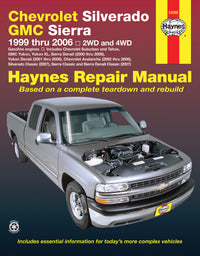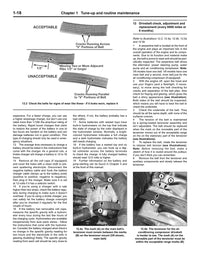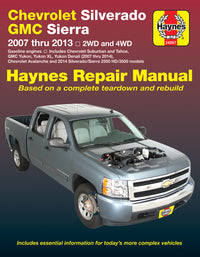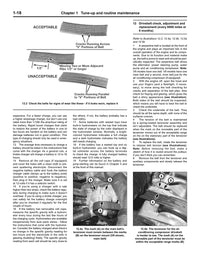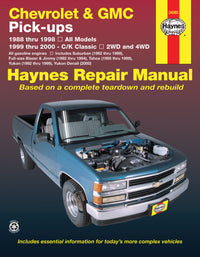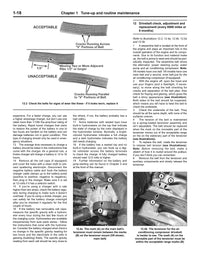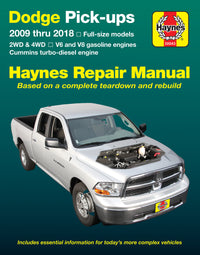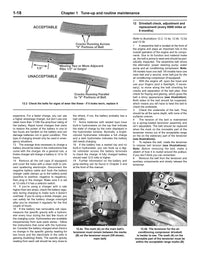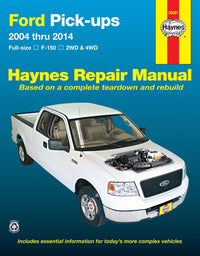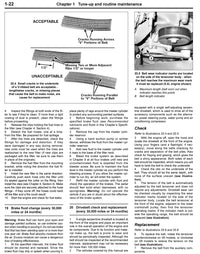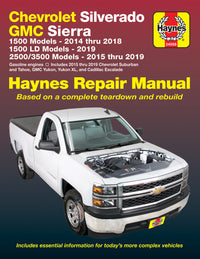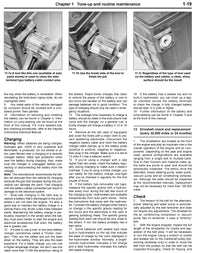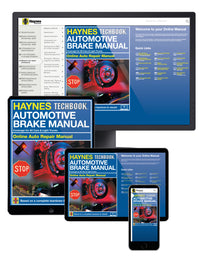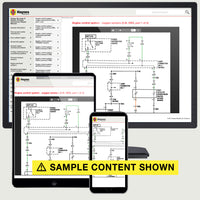Ford N-Series - Mid-Century American Innovation, Democratized Tractor Ownership for Farmers
The N-Series isn't just a machine — it is a symbol of independence, rural resilience, and mechanical know-how. They have powered farms through the Great Depression, WWII, and into the modern era.
Before the N-Series, tractors were expensive, complex machines limited to large commercial farms. The Ford 9N (1939) introduced a low-cost, mass-produced option that thousands of small farmers could finally afford. Henry Ford envisioned a tractor as accessible as the Model T — the N-Series made that vision real.
For example, the 9N was the first tractor in the U.S. to feature the Ferguson 3-point hitch — a revolutionary system that allowed implements to attach directly to the rear of the tractor and lift hydraulically.
When it comes to do-it-yourself tractor maintenance, few machines have the legacy — or the loyalty — of the Ford N-Series tractors. The 9N, 2N, and 8N models aren’t just historical workhorses; they’re still running today on small farms, acreages, and homesteads across North America.
- Simple, flathead 4-cylinder engines
- Accessible fuel and ignition systems
- Easily removable sheet metal
- No specialized tools required
- Cast-iron blocks and gear-driven systems
- Mechanical simplicity means fewer failure points
- Plenty of aftermarket support and parts availability
Our original I&T editorial team restored more than a few N-Series machines in their own barns, so we’ll say this: these tractors were designed to be fixed by the farmer, not the dealer.
Let’s dig into what makes these machines special, how their real-world use impacts repairs, and how an I&T manual can save you time, money, and frustration in the field or in the shop.
| Model | Years Built | Key Features |
|---|---|---|
| 9N | 1939–1942 | First mass-produced 3-point hitch, 6V electrics, manual steering |
| 2N | 1942–1947 | Wartime update to 9N with sealed rear axle, hand-start in early models |
| 8N | 1947–1952 | Upgraded 4-speed transmission, improved hydraulics, side-mount distributor |
Ford N-Series usage and DIY Realities
Common N-Series Tractor Usage Today:
- Light tillage and mowing
- Hauling firewood or trailer work
- Show tractor restoration projects
- Parade and weekend hobby use
| Use Type | Common Issues |
|---|---|
| Tillage/Mowing | PTO shaft seal leaks, overheating under load, hydraulic fluid foaming |
| Utility Hauling | Brake fade, clutch wear, steering box looseness |
| Restoration / Hobby Use | Electrical issues, stuck valves, corrosion in fuel system |
| Occasional Use | Battery drain, carb varnish, weak spark from degraded wiring |
Typical Ford N-Series DIY Tractor Repairs:
- Rebuilding the carburetor (Marvel-Schebler TSX series)
- Replacing the distributor cap and points
- Fixing hydraulic lift arm leaks or slow response
- Resurfacing brake shoes and cleaning drum internals
- Repairing charging system: generator vs alternator swaps
- Adjusting clutch and PTO lever linkages
“The Ford flathead four is a thing of mechanical beauty. Once you understand the firing order and have the right torque values, it practically begs to be worked on.” I&T Editors
Ford N-series Repairs that a I&T Manual looks to make easy for you
The I&T manual doesn’t just show you what to do — it shows you why it matters, and how to do it right the first time.
Final Thoughts: Built to Last, Made to Be Fixed


